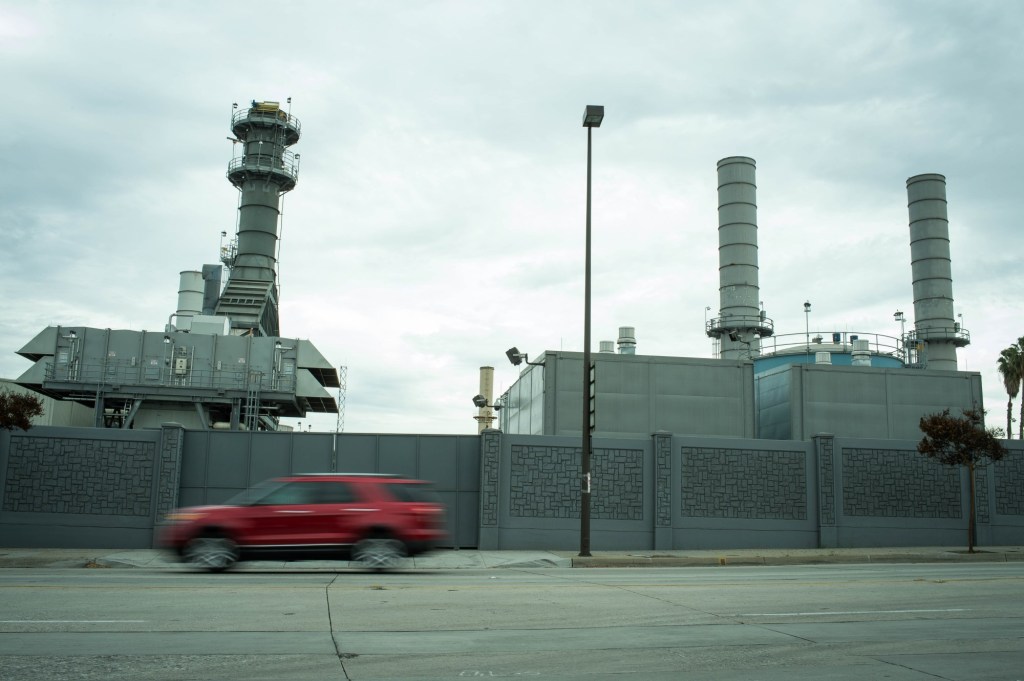Facing demands that Pasadena stick to getting to 100% of its electricity from carbon-free sources by 2030, a key Pasadena committee on Tuesday, Oct. 10, delayed recommending a proposed plan that would guide the city’s power priorities.
The City Council’s Municipal Services Committee unanimously agreed that its members needed to see more from the Pasadena Water & Power Department on how the city can overcome challenges such as potentially high and inequitable rates, transmission and technology challenges to get to carbon-free sourcing by 2030.
On paper, the plan that was delayed Tuesday seeks to propel the city toward the carbon-free goal, relying on a mix of “scenarios” that would bring the city closer to the 2030 goal. But there’s a caveat: the city’s energy mix must be reliable, affordable, stable and equitable.
And in an era of higher costs, working toward such aggressive goals is a tenuous business, officials said, as utilities need to have the flexibility “to find the best fit” of reliability of power sources for customers in the coming years, even as the city weans itself off a reliance on fossil fuels. According to its 2021 power content label, which annually summarizes the resources which comprise the city’s power supply portfolio, Pasadena generated 47% of its electricity from coal.
The IRP models six different scenarios based on certain assumptions — such as space constraints and emerging technologies — that provide pathways to a carbon free future by 2030. But finding that fit among the scenarios will not be easy given supply chain challenges, high costs, transmission and power generation issues, officials said.
For instance, to meet 2030 goals Pasadena would need to commit up to $3.5 billion in power contracts within the next 24 months, officials said.
“This type of expenditure commitment may not be in the best interest of the ratepayer,” said Robert Castro, the city’s power and resource manager, noting that this, too,…
Read the full article here







